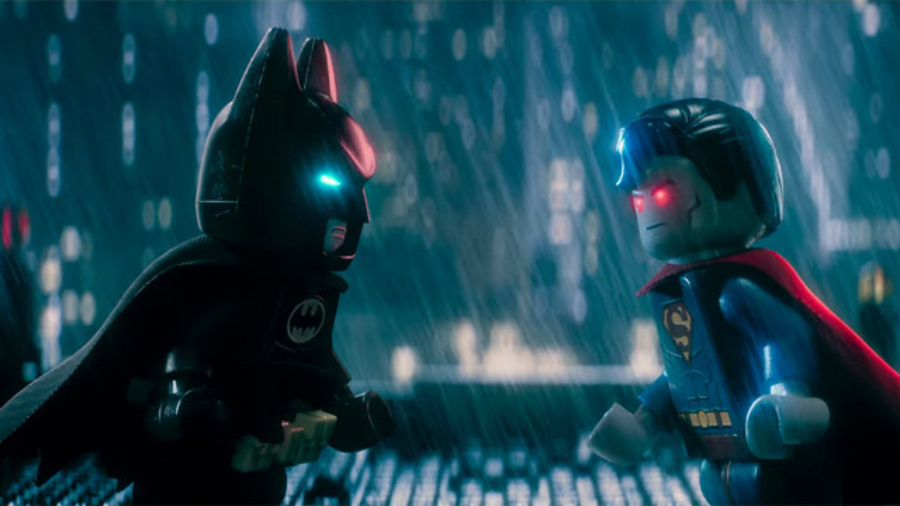You spent all summer on your production. You funded it, sought out the production crew, went through casting calls and auditions, and filmed it with passion. The editing room is now your oasis and a trailer has been born for the world to see. This is it. This trailer is the introduction to your masterpiece and an ode to the completed visual that you put money, time and effort into. This trailer could be the very first marketing piece for your film and it can be used for many things. This trailer could be the reason why you find a distributor for your film. This trailer could be the reason why a film festival decides to watch your film to be selected for the festival. This trailer could be the reason why I, the audience, will want to see your movie. Or, this trailer could be a reason why none of these happen. So, let’s talk about trailers and why they must be meaningful.
There are several approaches to creating a trailer, just like there are a number of ways that people can tell a story. Let’s talk about a few approaches and some important points that you might want to consider when making your trailer.
The fundamental goal of a trailer is to entice the person who is watching it to want to take action after seeing it. The maximum length of a trailer allowed is 2 minutes under the National Association of Theatre Owners (NATO)[1] and for a short film you’ll want much less, say 10 – 30 seconds, otherwise you would end up giving the whole story .
Buddha Jones, is a company that creates trailers and has won most recently in 2019 and in other years have won and been nominated for numerous Golden Trailer Awards honoring the best in motion picture previews since 1999. They recently created the trailer and teaser for Once Upon a Time in Hollywood. According to John Long in his interview with Fast Company back in 2014, he gave some solid tips about how to create an effective trailer.[2]
“The most important thing is that you have to hook people immediately…,” Long said and went on to explain that after the hook, the trailer has to escalate so if it is a comedy it has to get funnier, if horror, creepier, and provide for an “unexpected jolt” that we will remember at the end.
One way to tell the story is to provide the same essence as the movie itself, introduce your characters, maybe show a part of the conflict and then create curiosity so the watcher wants more. The trailer doesn’t have to be in the same linear format as the film itself. In order to not give away the most important scenes, you could take a single scene and stretch it out over the whole trailer. Sometimes you could show what the problem was and intercut it with an introduction of the character.
It’s important to be able to tell the story in the time efficient way to get maximum value. Look for parts of the story that do “multiple things” such as have “a great look or a great line of dialogue that doesn’t just advance the story but is also funny as hell or uniquely scary.” Of course, you don’t want to give all the best scenes away but try and make it original so that you show how your story is different from others.
[1] Required guidelines per https://www.natoonline.org/initiatives/marketing/natos-in-theater-marketing-guidelines/
[2] Some tips taken from https://www.fastcompany.com/3031012/9-short-storytelling-tips-from-a-master-of-movie-trailers

